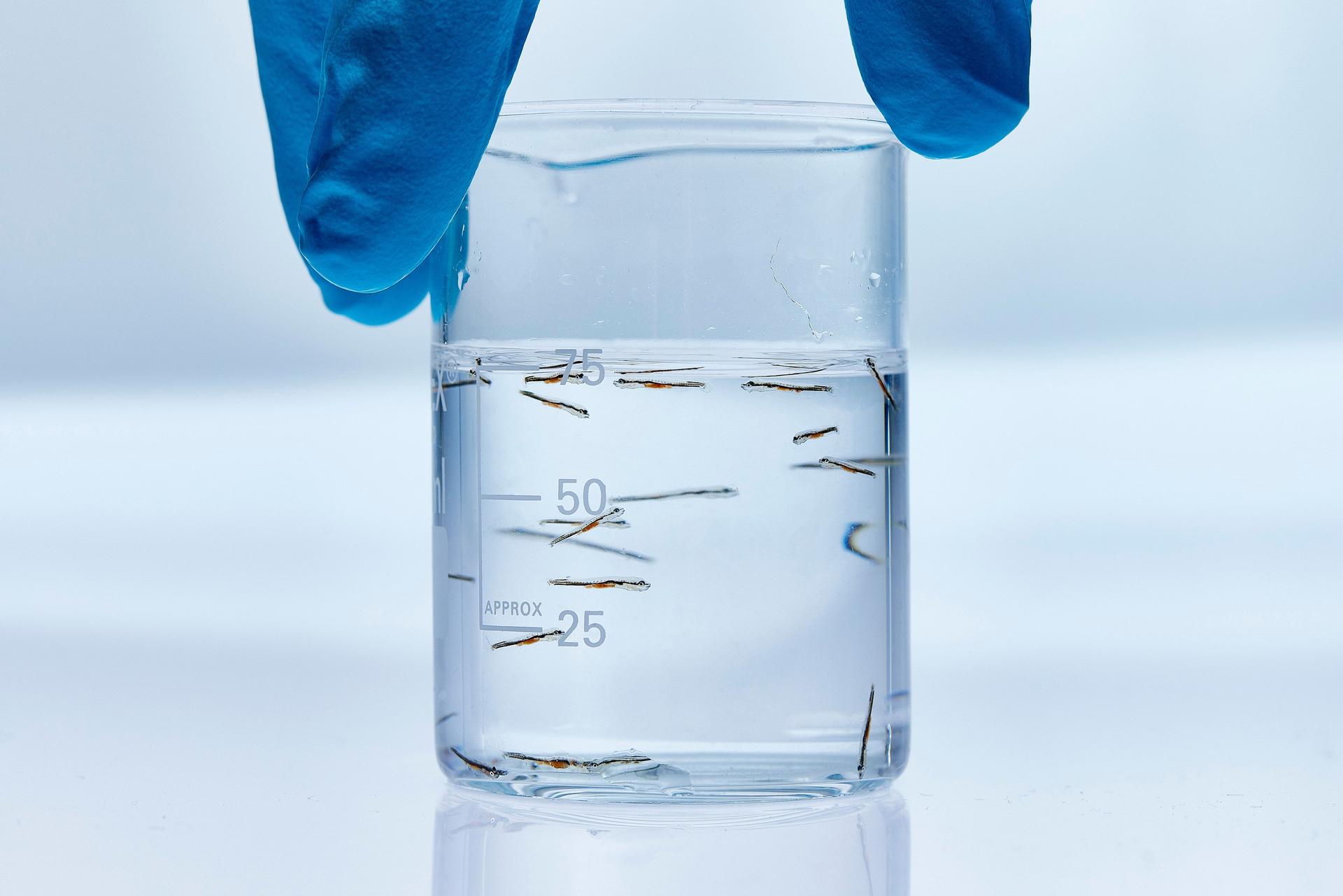- R&D
Phosphorus Discharge Management in Yellowtail Kingfish Farming: Effects of Dietary Fishmeal and Phosphorus Levels
Yellowtail kingfish farming is growing in Europe with high emphasis on recirculating aquaculture systems (RAS), while in Australia, Japan and Latin America the industry continues to expand predominantly through sea-cage farming. It is a carnivorous species that requires high dietary protein, and to date, fishmeal (FM) rich feeds are common to support its rapid growth.













